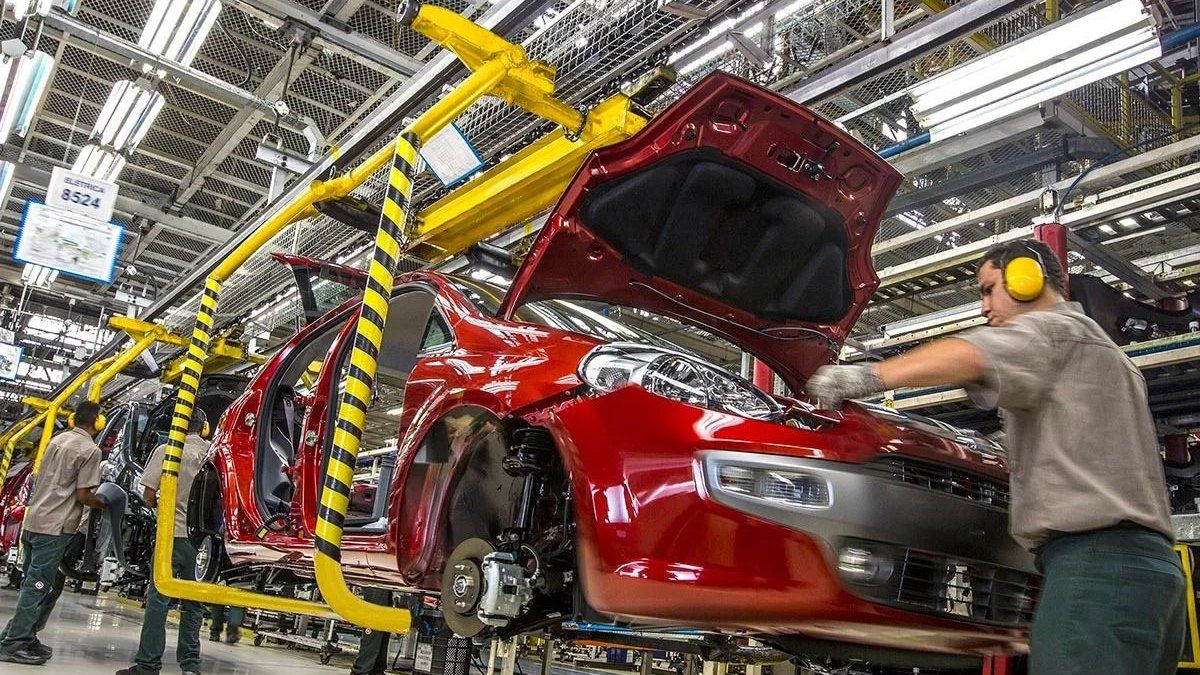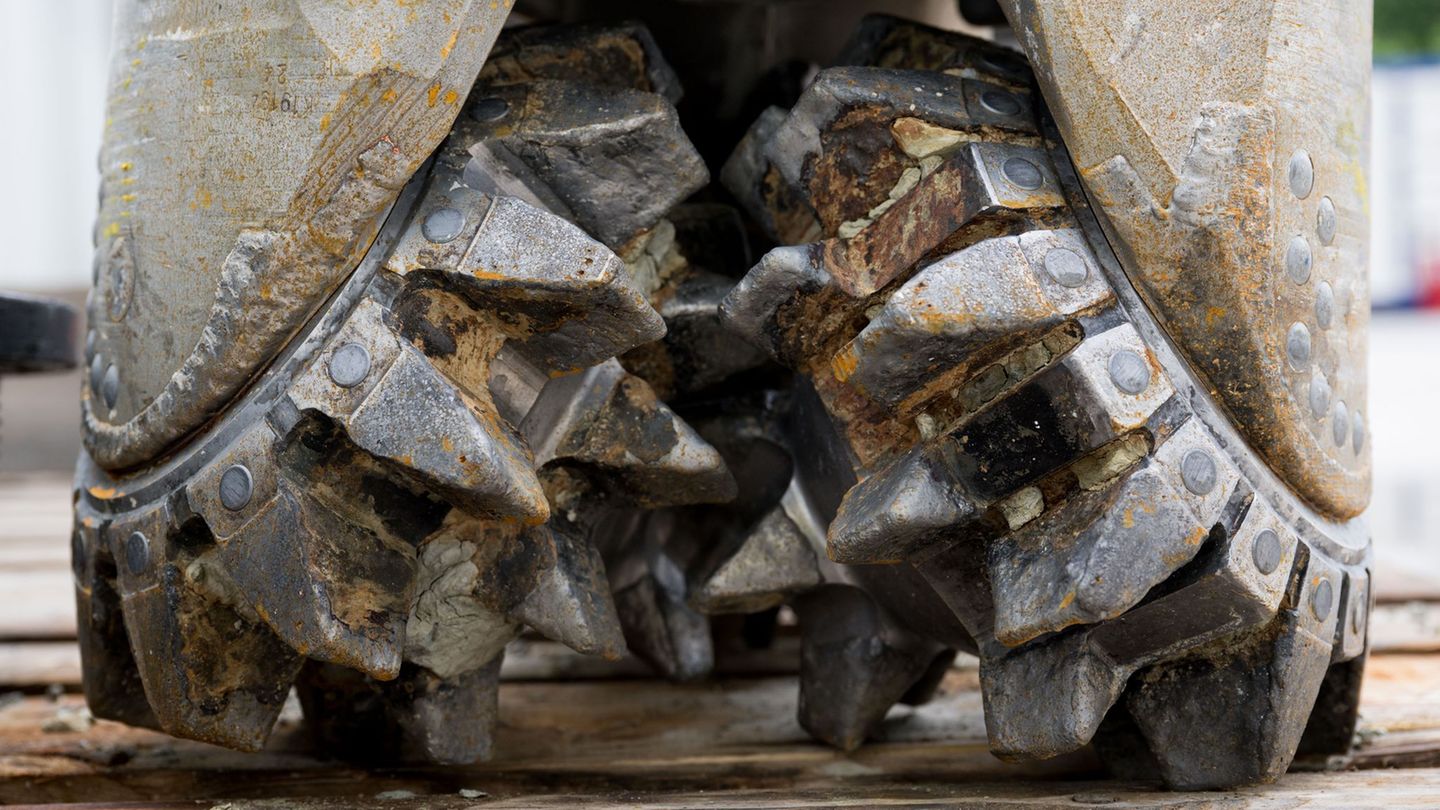He Industrial Production Index (IPI) de FIEL registered a year-on-year decline of 3.1% in March, according to preliminary information. In the month, according to the report, the sectoral performances have been diverse and the result for the industry as a whole has combined multiple determining factors, among which are more production shifts, effects associated with the expansion of capacity and plant shutdowns, adequacy of production to the decline in demand, stock management of imported inputs, shortages of raw materials, among others.
The automotive industry once again showed the best result among the sectors of activity accompanied by a significant growth in exports. The production of non-metallic minerals registered the greatest advance behind the automotive block, with an improvement in cement shipments.
Oil refining continues with good activity records, while within the basic metal industries, aluminum production accumulates two years of growth, with marked export dynamism in both primary and semi-finished products.
Among the sectors that registered a fall in the month, within the food bloc, the cattle slaughter maintains its progress without implying a liquidation of heads. In the metal-mechanics block, beyond the advancement of auto parts production, The expectations are placed on the evolution that the sales and production of agricultural machinery will follow from the impact of the drought on the income of agricultural producers. Finally, the production of chemicals and plastics continues without showing signs of recovery.
With the above, in the first quarter of 2023 the industry equaled (0.3%) the level of activity of the same period last year, linking two quarters with a drop in production after the succession of year-on-year improvements that occurred since the fourth of 2020 in the process of opening the pandemic.
What are the fastest growing sectors?
Regarding the performance of the sectors in the first quarter and in the year-on-year comparison, the growth ranking is led by:
-The automotive industry that accumulates an improvement of 28.1%.
– Production of non-metallic minerals that registered an advance of 18.6%
– Oil refining grew 16.2%
– Production of basic metal industries accumulated an increase of 12.9% in the period
Further behind are the branches of paper and cellulose (+6.1%), that of textile inputs (+1.9%) and cigarette dispatches (+1.5%). The branch of food and beverages (0.5%) is located with a decline slightly lower than the average for the industry. For its part, metal-mechanics accumulates a fall of 8.2% in the first quarter, while the growth ranking is closed by the production of chemical and plastic inputs with a decline of 18.7% in comparison with the first quarter of 2022.
industrialproduction.JPG
First quarter of 2023
Reviewing the industrial activity according to the type of goods produced, in the first quarter and in the interannual comparison, those of capital accumulate an advance of 14.2% from the contribution of the production of utility vehicles, heavy transport material, equipment and machinery agricultural. The production of non-durable consumer goods is at the same level (0.2%) as a year ago due to the decline in the food and beverage block. For their part, durable consumer goods cut production 1.1%, while intermediate use goods cut 2.2%, in the first quarter and in comparison with the same period in 2022.
In seasonally adjusted terms, the IPI in March showed a monthly fall of 0.7%, repeating the sign of the previous month. The current level of activity adjusted for seasonality is 6.4% lower than that of April last year, the month in which the beginning of the contraction phase that the industry is going through has been preliminary dated. All the indicators that make it possible to monitor the cyclical performance of the activity have shown deterioration, pointing to a prolongation of the industrial recession.
The Impact of the Differential Dollar
In perspective, the new edition of the Export Increase Program it does not remove the obstacle of the lack of dollars, by advancing liquidations rather than increasing the lost harvest volumes, according to Fiel. “The arrangement could introduce greater pressure on alternative markets to the official dollar where producers resort to import inputs and sustain their activity. The greater demand in these markets will not contribute to containing exchange rate gaps and anchoring inflation due to cost pressures. The activation of the sections of the currency exchange with China does not reach all industrial activities, while the import financing mechanism with Brazil is delayed in its application. All in all, the industry will continue to show diverse sectoral performances, facing a scenario of greater restrictions on access to foreign currency in which the contraction of aggregate activity will deepen,” they concluded.
Source: Ambito




